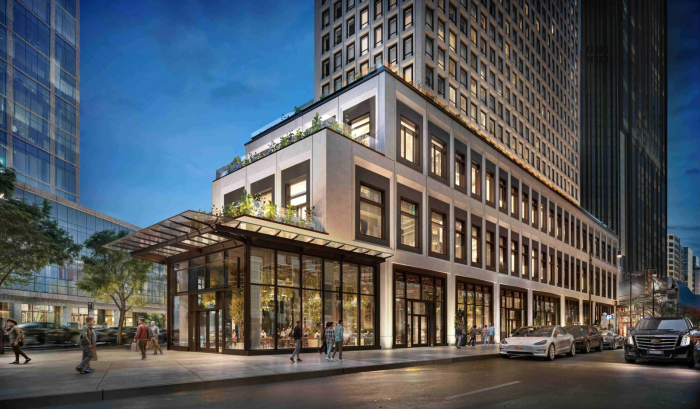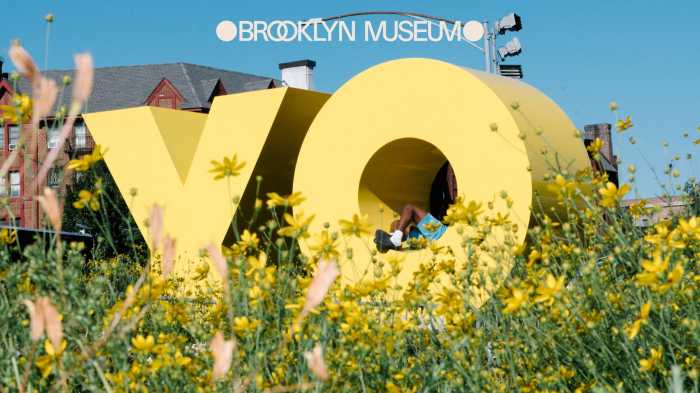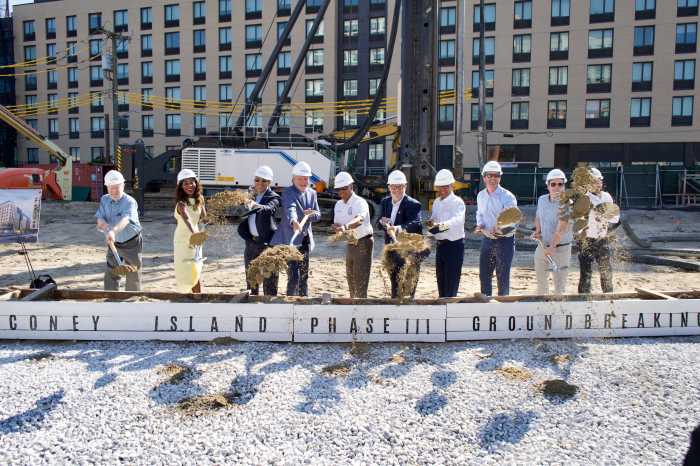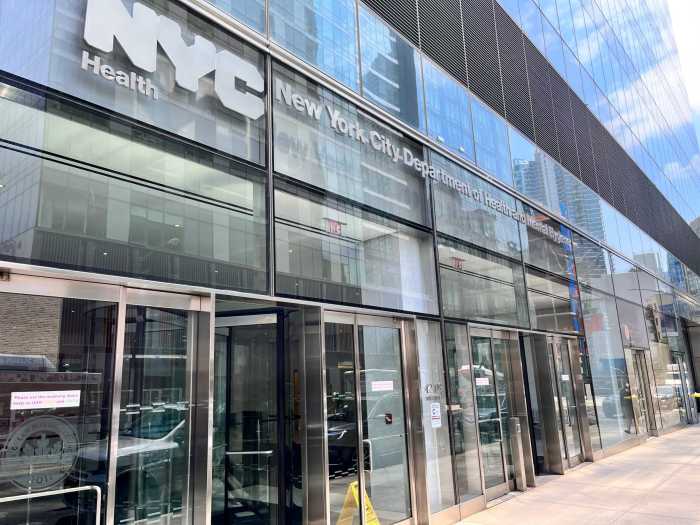A funny, and altogether depressing, thing happened the other day: A member of Bruce Ratner’s Atlantic Yards development team told the truth.
And it doesn’t look pretty.
World-renowned and respected landscape artist Laurie Olin was inexplicably candid in a wide-ranging interview in the New York Observer — and in doing so, revealed that a main criticism leveled against the developer is actually right on target.
Olin’s job throughout the Atlantic Yards approval process was to present the mega-development’s eight acres of open space as a lush green idyll and champion it as Brooklyn’s version of the popular-though-isolated Battery Park City development (on which he also worked).
But the Observer reminded Olin that Atlantic Yards would have the same residential population as Battery Park City — yet stand on one-quarter the amount of land, making it twice as dense as any Census tract in the country. The newspaper also pointed out that Ratner’s design calls for two huge superblocks and a Stuyvesant Town–style “towers in the park” design — the very designs that Jane Jacobs and most reputable urban planners shun today as stifling to lively city life.
And then Olin told the truth about how little concern Bruce Ratner gives to things like urban planning and creating real communities: “I think [concern about superblocks and Stuyvesant Town–like towers] are both cliches, and I think we are using 1960s language.”
Sorry, but that “1960s language” spoken by people like Jacobs became the lingua franca of the urban world because it represents the truth about what works and what does not work in urban settings.
If we have learned anything — and Bruce Ratner and Laurie Olin apparently have not — it is that the Stuyvesant Town (and, frankly, Ratner’s Metrotech Center) model creates attractive green spaces that nobody uses. Like Stuyvesant Town, Ratner’s Atlantic Yards “open space” won’t be open at all, but surrounded by forbidding towers.
Ratner’s own numbers show that Atlantic Yards will create another urban dead zone, not a lively community that bridges Fort Greene and Prospect Heights.
• • •
When Atlantic Yards is finally completed, it and the neighborhoods around it will have .39 acres of open space for every 1,000 people. Battery Park City has 2.5 acres per 1,000 residents and the city average is 1.5 acres per thousand.
And to get his ratio even to a meager .39 acres, Olin needed the state to demap the very city streets that people like Jacobs and her heirs have long said are vital for creating circulation through public open space.
As the Observer pointed out, Olin is a legend in his field — and legends can afford to be wrong sometimes because their legacies are already set in stone. Olin admitted as much:
“Everything is an experiment,” he told the newspaper.
No, not everything is an experiment.
As Jane Jacobs and the other 1960s cliche-makers showed us, there is a right and a wrong way to create neighborhoods. Laurie Olin’s candor has again shown us why Bruce Ratner is in the wrong camp.
























